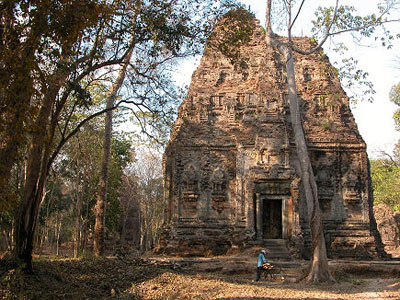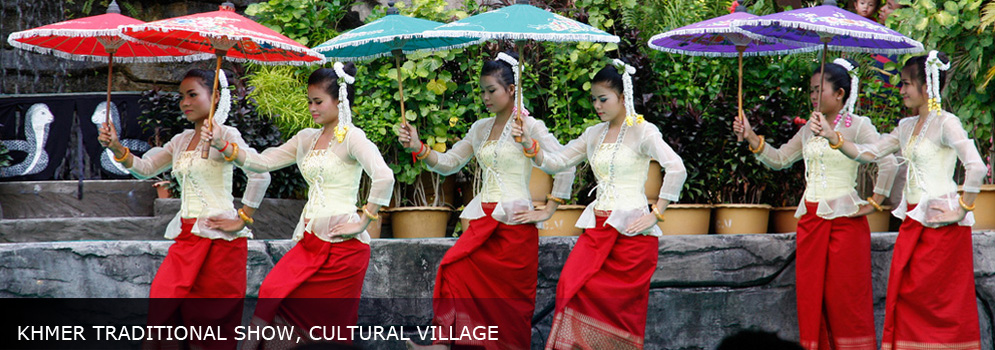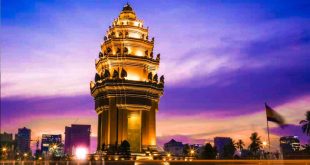KAMPONG THOM, 25 August 2014: Cambodia will file a request to assign Sambor Prei Kuk, a seventh-century temple of the pre-Angkorian Chenla Kingdom, to UNESCO’s World Heritage list.
Built by Isanavarman I, Sambor Prei Kuk is the most important religious centre of the pre-Angkorian era and is located in a quiet patch of forest in Kampong Thom province.
The site will be submitted to UNESCO for consideration as a World Heritage Site.

The Culture Minister Phoeurng Sackona told local media that up to 80% of the presentation documents have already been prepared.
“The documents will be completed by the end of 2014 and hopefully will be sent to UNESCO in Paris early next year.”
The ministry cultural heritage general director, Prak Sonnara, added the ministry first conducted research on the temples in 1998 and a conservation plan was started in 2001 in collaboration with Japan’s Waseda University, a project that will continue until 2017.
Currently, about 13 clay temples have been repaired, he said.
Japan helped to draw up a master plan for the temples, ranking them according to which ones were in danger of collapsing and researching the lifestyle of the people living in the area, he added.
Kampong Thom provincial governor, Ut Sam Orn, said having Sambor Prei Kuk as a World Heritage Site would help efforts to save the temples and bring in tourism revenue.
The Pre-Angkorian temple complex of Sambor Prei Kuk is located about 30 km north of Kampong Thom town. It was also known as Isanapura, and was the capital of the Chenla Kingdom.
Located on the eastern bank of Tonle Sap close to the Sen River, the central part of Sambor Prei Kuk is divided into three main groups. Each group is located in a square layout surrounded by a brick wall.
The structures of the overall archaeological area were constructed at different times: the southern and north groups (seventh century) by Isanavarman I and the central group (later date).
The buildings of Sambor Prei Kuk are characteristic of the Pre-Angkorean period with a simple external plan. The principal material is brick, but sandstone is also used for certain structures.
Architectural features include numerous prasats, octagonal towers, shiva lingams and yonis, ponds and reservoirs, and lion sculptures.
Sambor Prei Kuk is located amidst mature sub-tropical forests with limited undergrowth. The area is in a land mine area and could still contain unexploded ordnances.
Presently, more than 1,000 tourists visit the temples monthly.
Cambodia’s Angkor Wat and Preah Vihear are listed as World Heritage Sites. The Royal Ballet of Cambodia and Khmer shadow theatre are also listed as intangible cultural heritage.
Banteay Chhmar Temple, Champei music, Khmer silk and Khol Drama are in the pre-listed process for presentation to UNESCO in the future.





